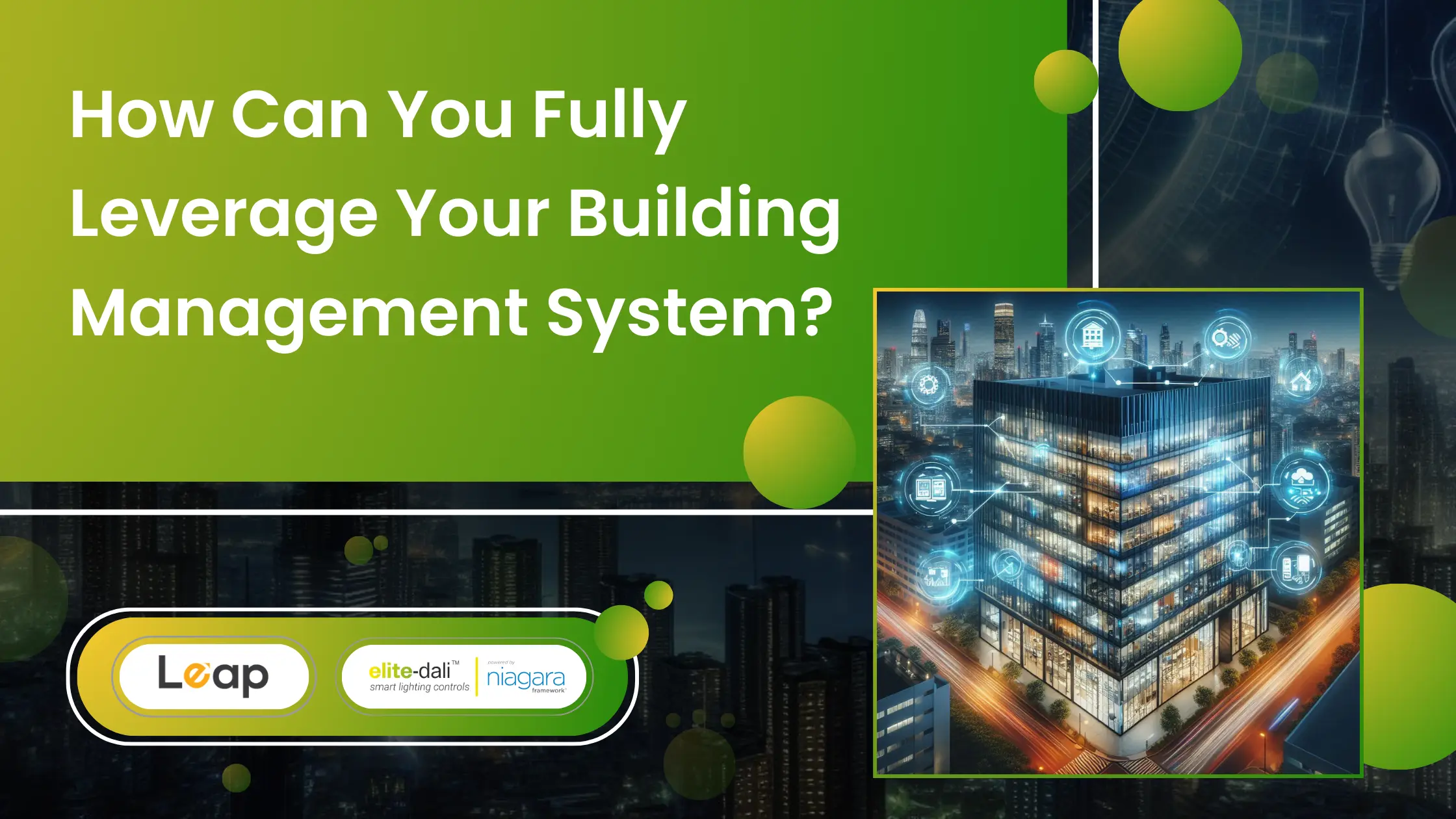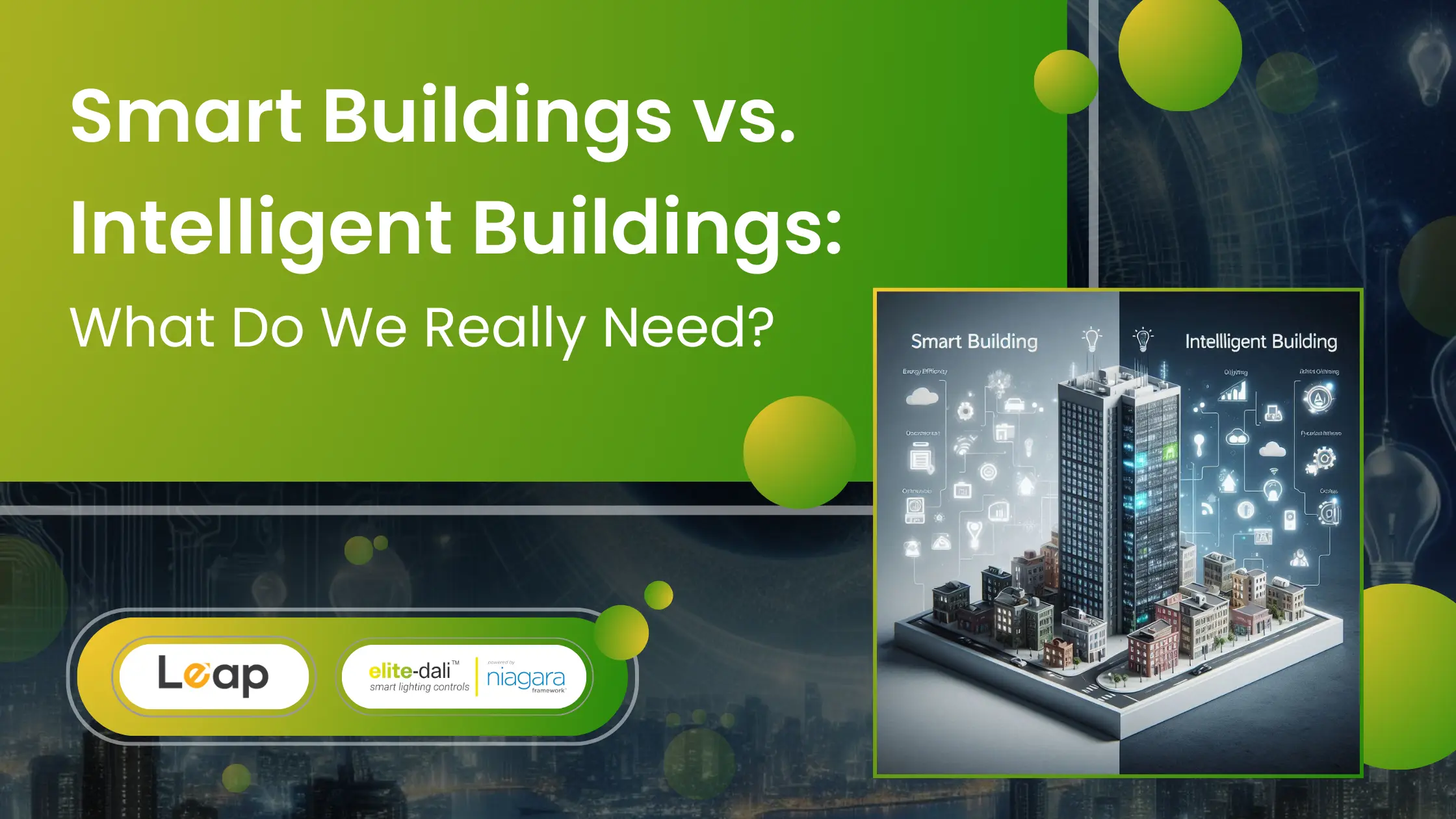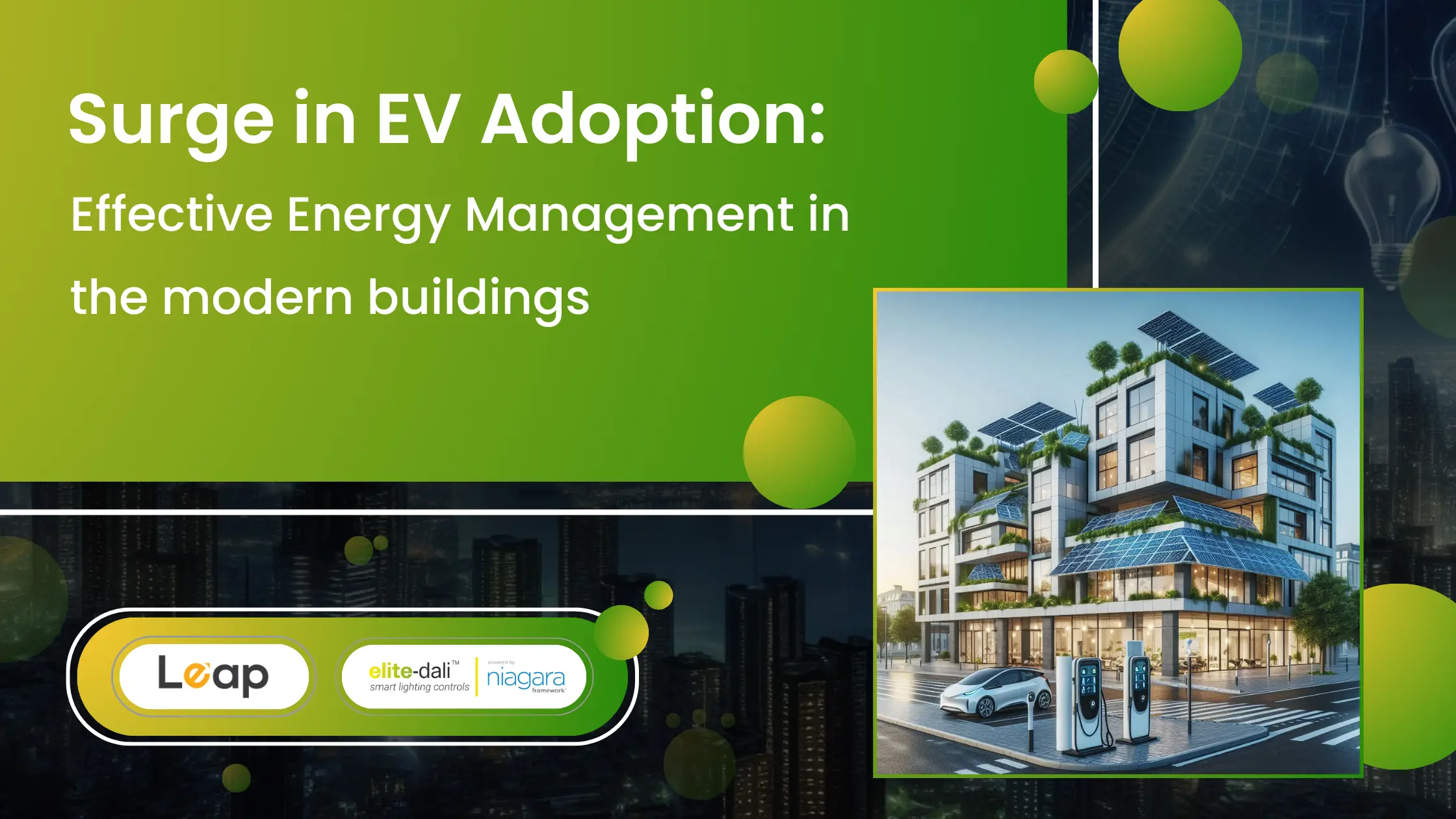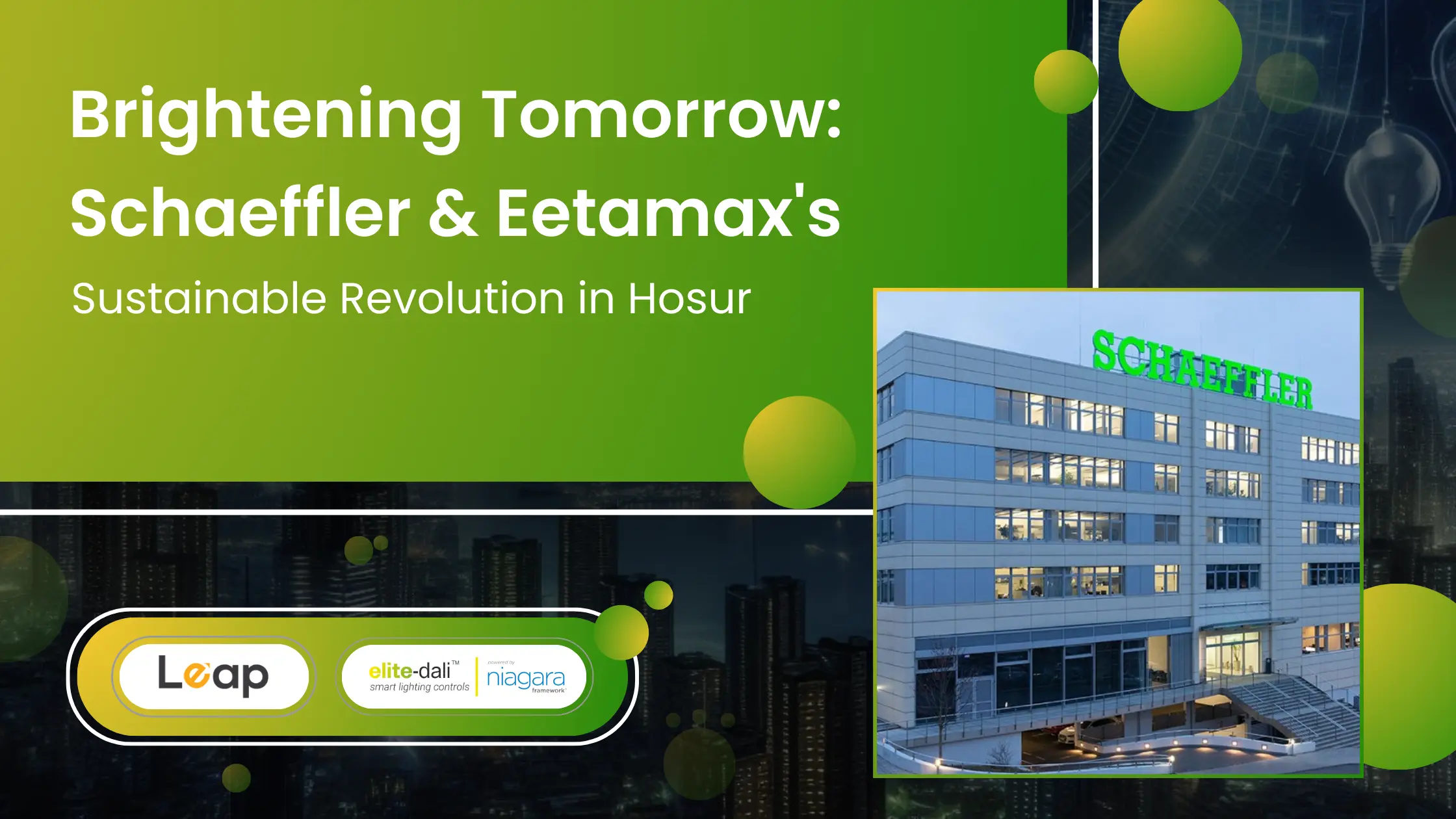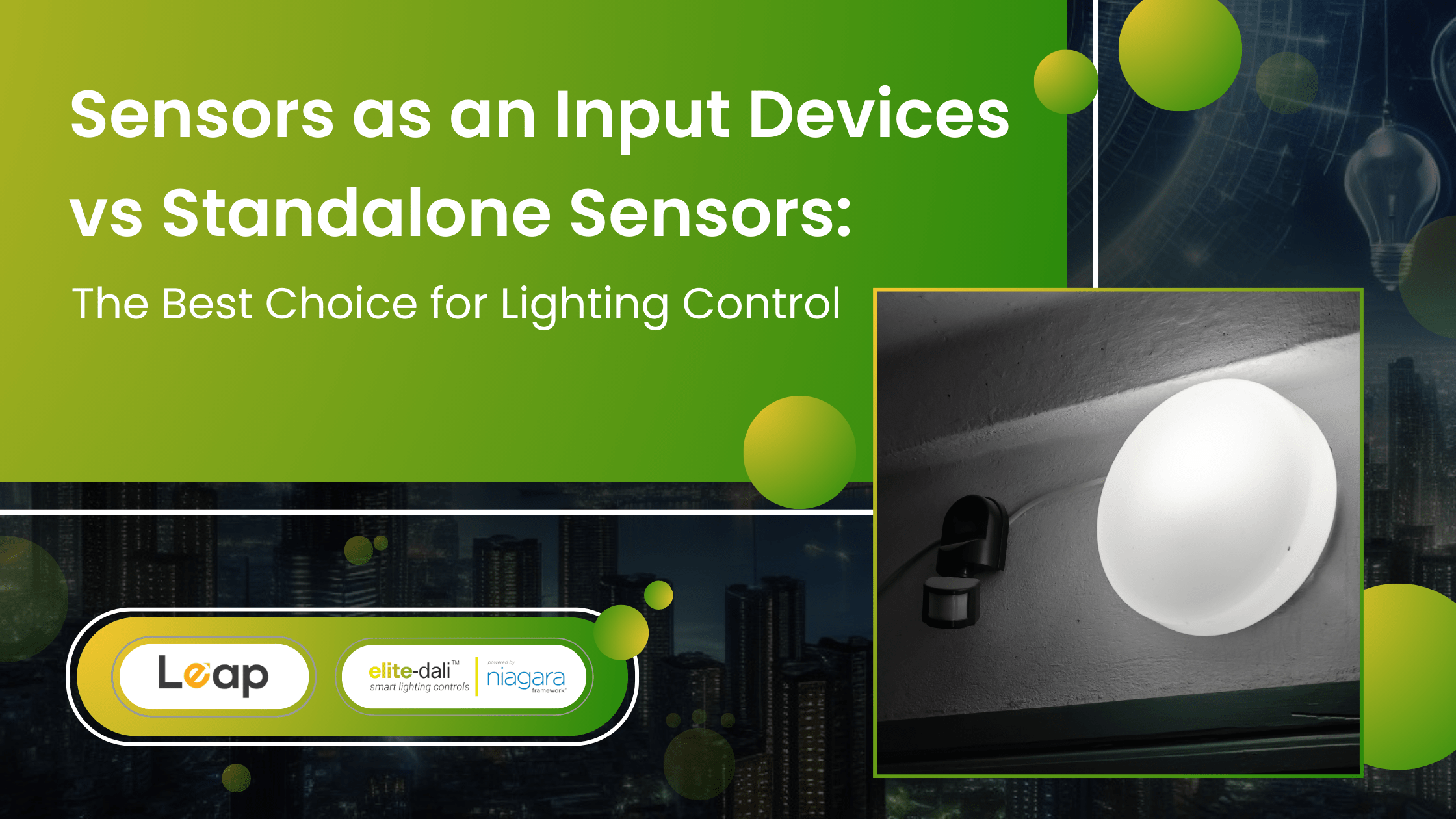How Can You Fully Leverage Your Building Management System?
In our fast-paced world, technology is crucial for making buildings smarter, more efficient, and more comfortable. However, it’s worth asking if the building management systems (BMS) being used are really living up to their potential. You’ve invested in a BMS expecting great returns in efficiency and performance. But are you really getting what you paid for?
Exploring the True Capabilities of Building Management Systems
Many people think of a BMS as just a tool for monitoring basic functions like heating, air conditioning, and lighting. But there’s so much more these systems can do, thanks to advancements in IoT and smart technology.
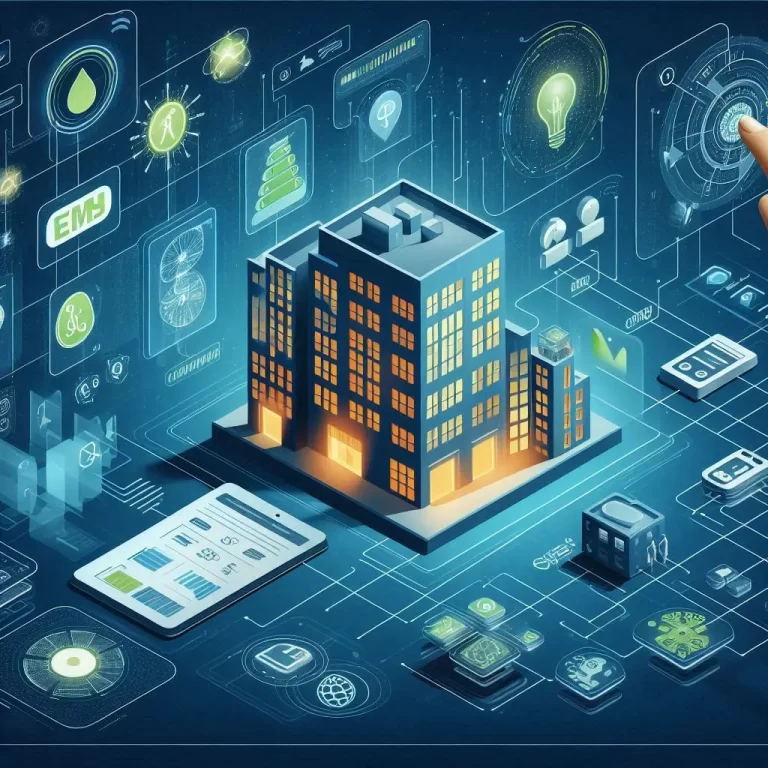
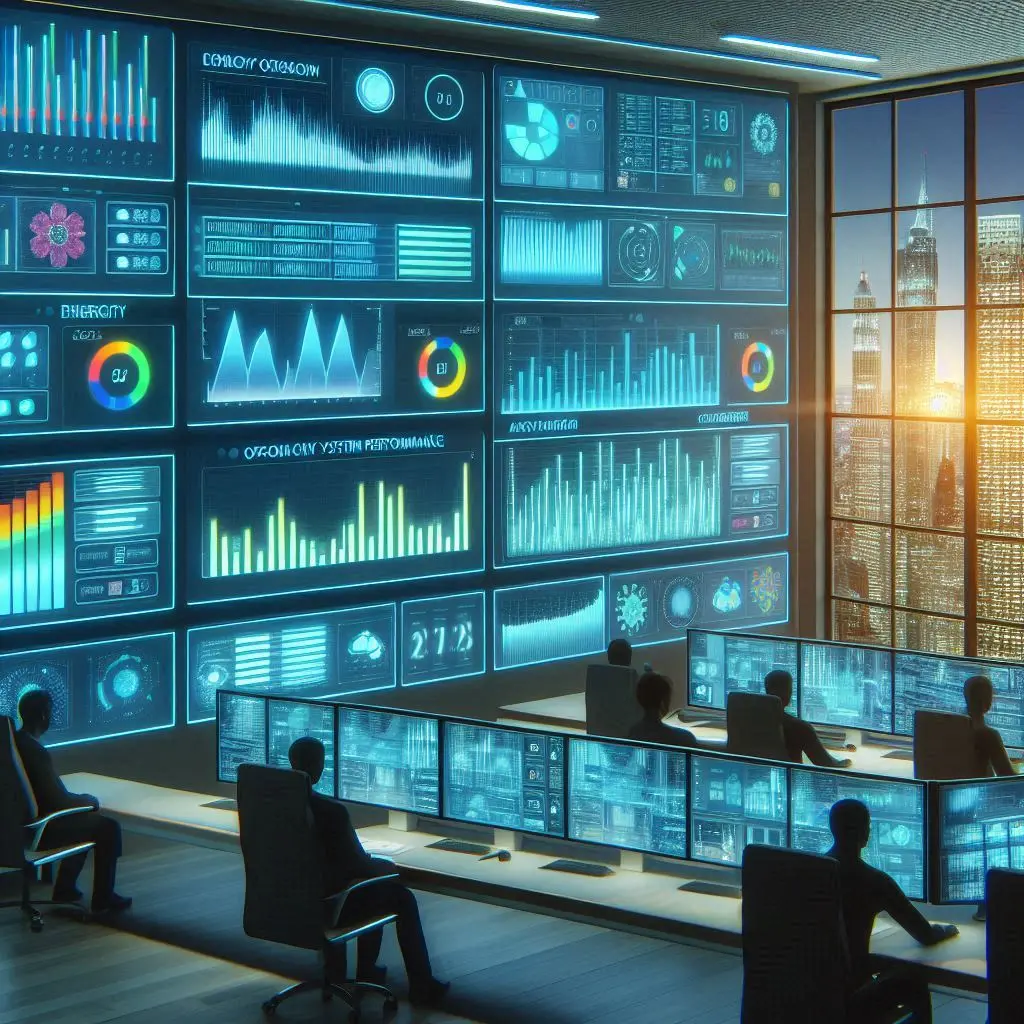
1. Smart Data Analysis:
A modern (Building Management System) BMS does more than just control; it can analyze large amounts of data from connected devices. This allows managers to see patterns in energy use, figure out when buildings are busiest, and even predict when machines will need fixing—saving money and avoiding equipment breakdowns.
Example: An office park in New Delhi cut its energy costs by 15% by using its BMS to adjust heating and cooling based on real-time data.
2. IoT Integration:
Adding IoT devices to your BMS can take its functionality to the next level. This means everything from air quality to lighting can be adjusted automatically to save energy and improve comfort.
Example: A tech campus in Bangalore uses IoT to change settings based on how many people are in a room and the weather outside, making sure everyone is comfortable while using energy efficiently.
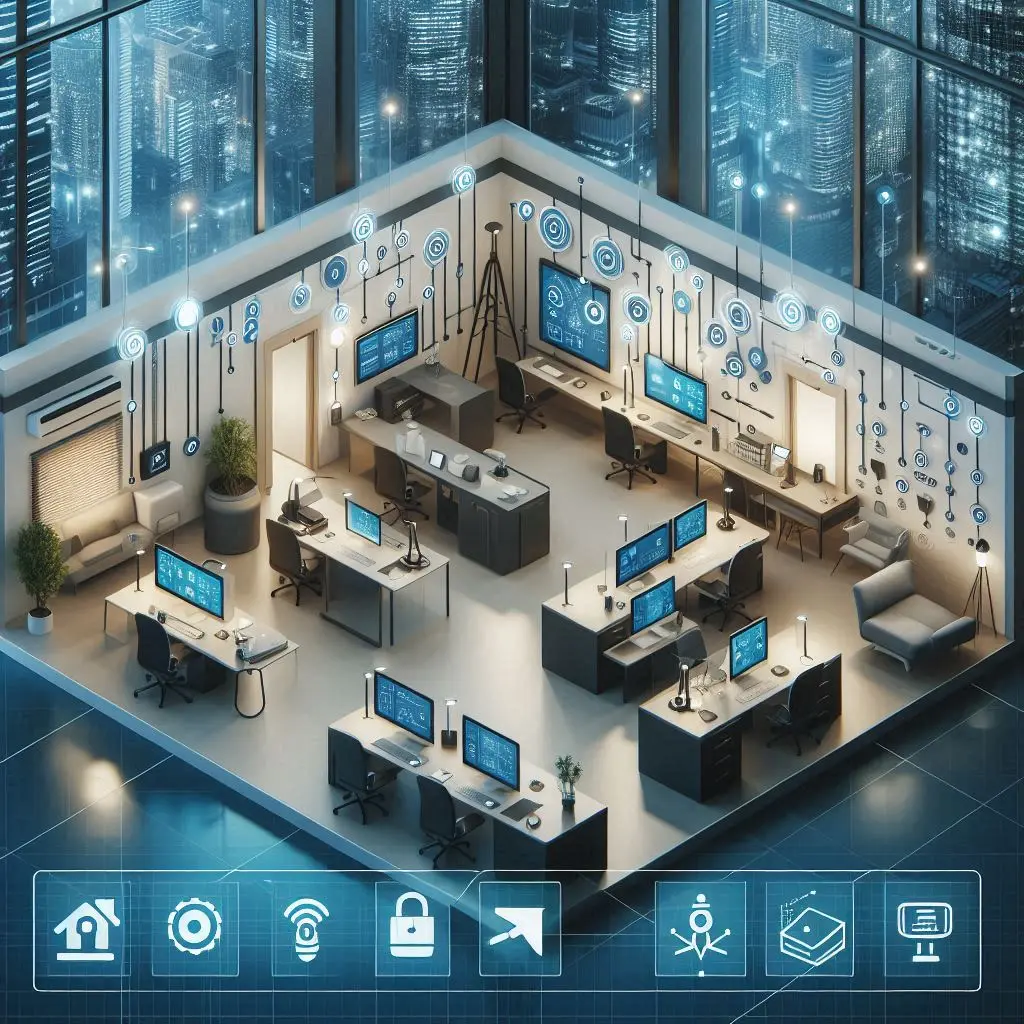
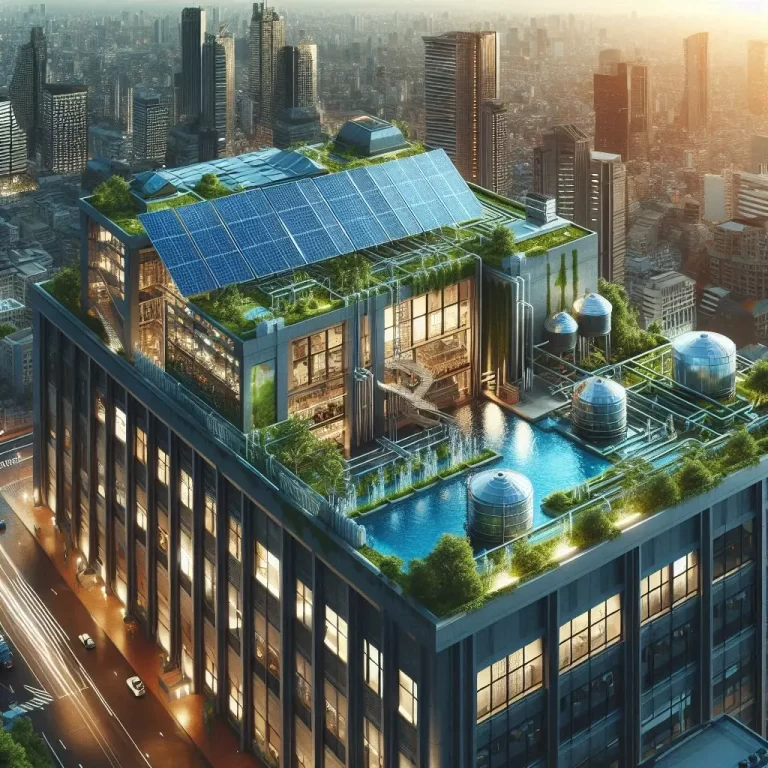
3. Energy Management and Eco-friendliness:
A good BMS should help make your building greener. This includes using less energy and supporting sustainable practices like solar power and rainwater collection.
Example: A commercial complex in Mumbai has integrated its BMS with solar panels and a system to collect rainwater, greatly reducing its environmental footprint.
4. Security Upgrades:
With the right BMS, a building can be made safer through advanced security tech like facial recognition and motion sensors.
Example: A shopping mall in Chennai uses a sophisticated BMS to keep shoppers safe with cutting-edge security features.


5. Enhancing Comfort and Productivity:
An effective BMS creates a comfortable environment that can make everyone more productive. It adjusts the indoor climate—like temperature and air quality—based on what’s happening inside and outside the building.
Example: An IT company in Hyderabad adjusts its office conditions automatically, helping employees stay comfortable and focused.
6. Remote Management:
Today’s BMS technologies allow for managing multiple building functions from afar, which is essential for quickly addressing issues and keeping things running smoothly.
Example: In Kolkata, property managers use a BMS to look after several residential complexes from one central location.

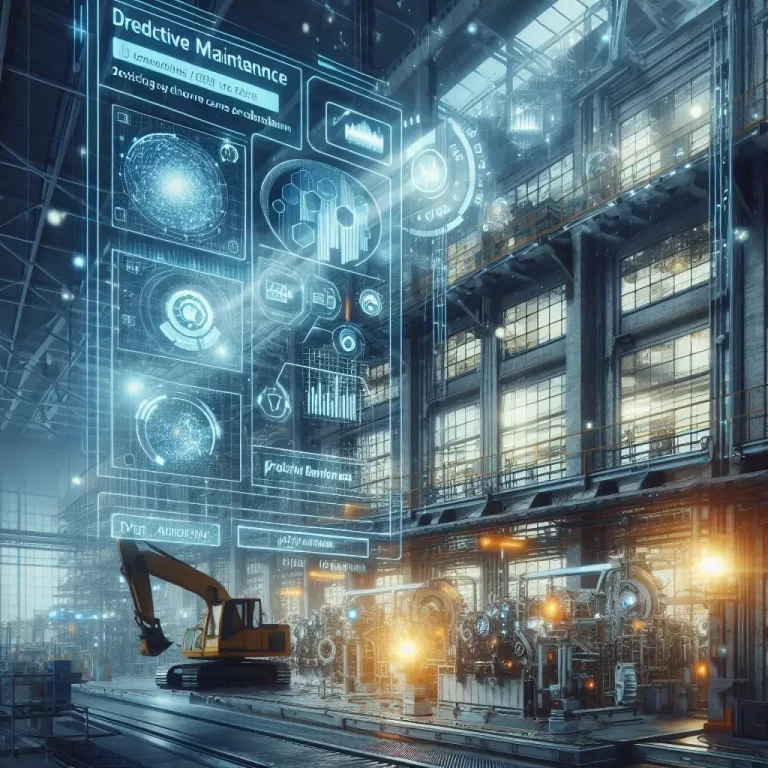
7. Predictive Maintenance:
A BMS with predictive maintenance technology can spot issues before they become problems, keeping everything running without unexpected breakdowns.
Example: A manufacturing plant in Pune uses its BMS to keep an eye on essential machines, scheduling repairs before issues arise, which keeps everything on track.
Conclusion:
At Leap Infosys, we’re here to make sure your BMS does more than just scratch the surface. Our approach ensures that you get the maximum benefit from your system, not just in terms of operations but also in making your building a better place to be. Integrating advanced technology into your BMS isn’t just an upgrade—it’s a smart business move.
Learn how we can help you get more from your building management system at Leap infosys.
Let’s make your building operations smarter, more efficient, and ready for the future.


